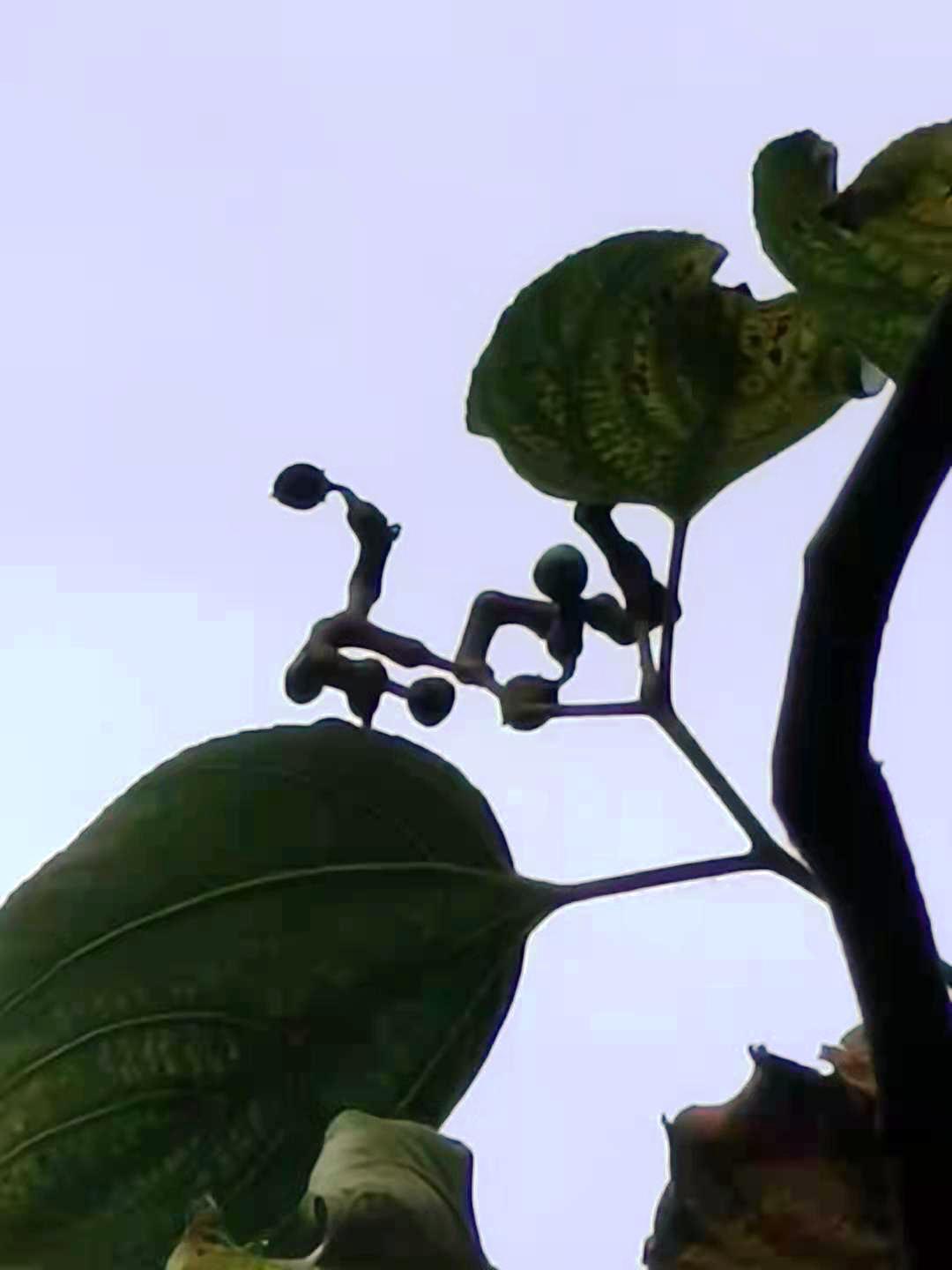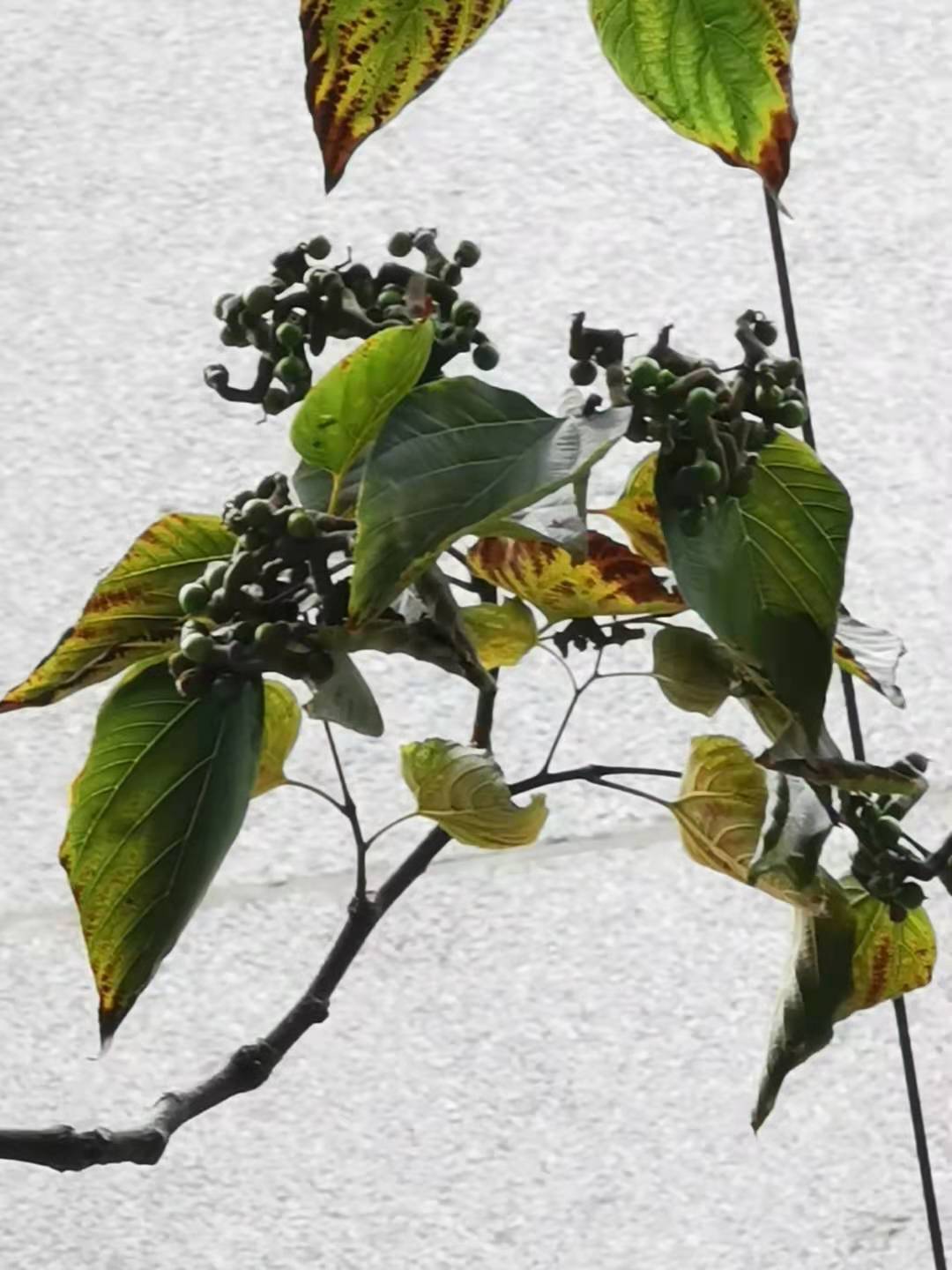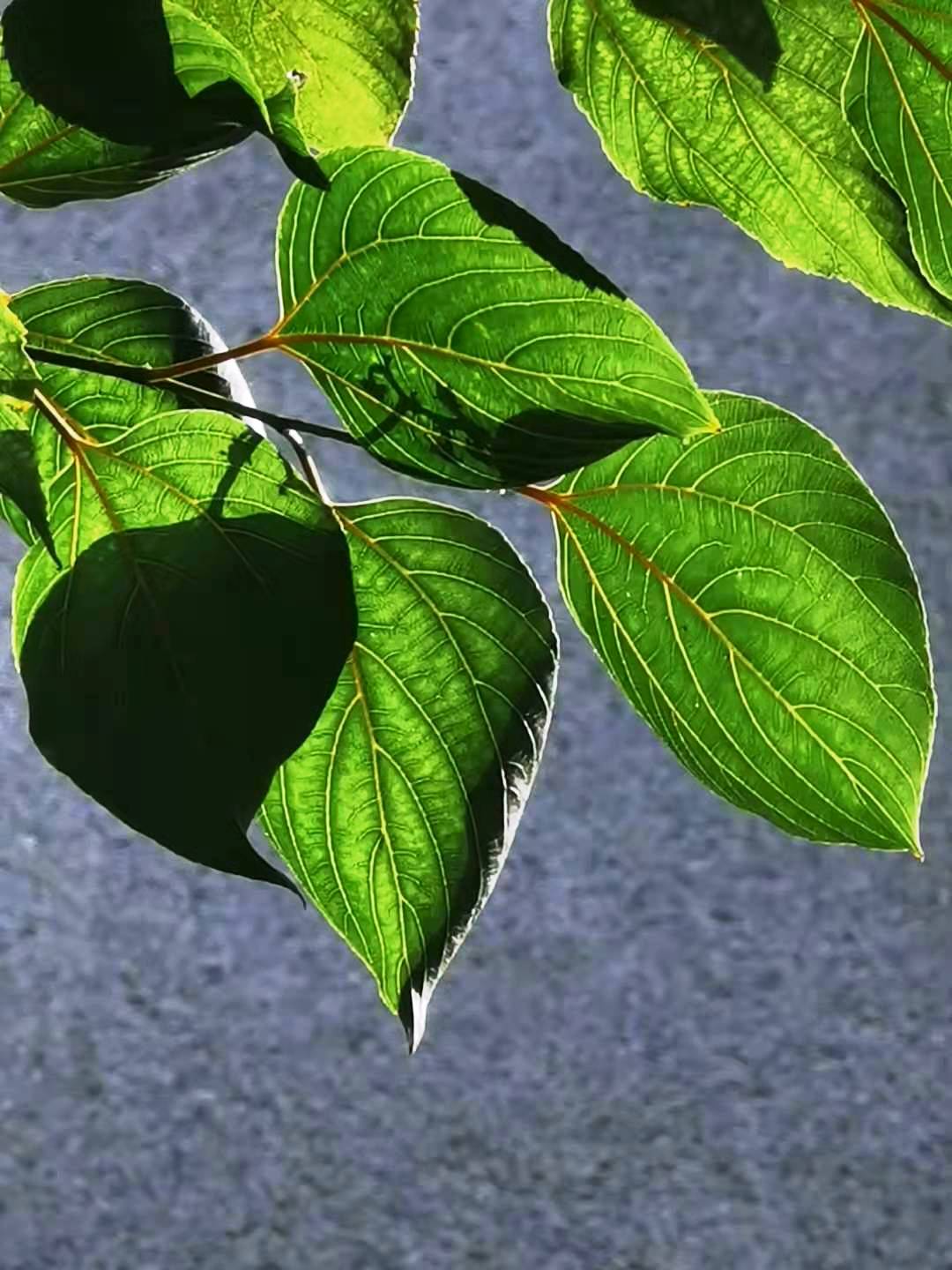Hovenia dulcis



 Hovenia dulcis, commonly known as the Japanese raisin tree, is a species of flowering plant in the family Rhamnaceae. Native to East Asia, it is found in countries such as China, Japan, and Korea. The tree is notable for its edible fruit-like structures, which are actually swollen peduncles, and has been used in traditional medicine for centuries.
Hovenia dulcis, commonly known as the Japanese raisin tree, is a species of flowering plant in the family Rhamnaceae. Native to East Asia, it is found in countries such as China, Japan, and Korea. The tree is notable for its edible fruit-like structures, which are actually swollen peduncles, and has been used in traditional medicine for centuries.
Description[edit | edit source]
Hovenia dulcis is a deciduous tree that can grow up to 10-15 meters in height. The leaves are broad, ovate, and have a serrated margin. The tree blooms in early summer, producing small, white flowers that are arranged in panicles. The fruit of the tree is not a true fruit but a sweet, fleshy peduncle that turns reddish-brown upon ripening in late summer. These peduncles, often mistaken for fruit, are the part most commonly consumed.
Cultivation and Uses[edit | edit source]
Hovenia dulcis is cultivated for its edible peduncles, which can be eaten fresh or used in the preparation of various dishes and beverages. The tree is also grown as an ornamental plant due to its attractive foliage and sweet, edible structures. In addition to its culinary uses, Hovenia dulcis has been employed in traditional Chinese medicine and other Asian medicinal systems to treat liver ailments and as a hangover cure. The seeds, leaves, and bark of the tree have various medicinal properties, including anti-inflammatory and hepatoprotective effects.
Phytochemistry[edit | edit source]
The tree contains a variety of bioactive compounds, including flavonoids and saponins, which contribute to its medicinal properties. Dihydromyricetin (DHM), a flavonoid found in Hovenia dulcis, has been studied for its potential to counteract alcohol intoxication and protect against liver damage.
Conservation Status[edit | edit source]
While Hovenia dulcis is not currently listed as endangered, its habitat is threatened by deforestation and urbanization in some areas. Conservation efforts are necessary to ensure the sustainability of wild populations and the preservation of its genetic diversity.
In Popular Culture[edit | edit source]
Hovenia dulcis has been featured in various cultural contexts, including literature and art, often symbolizing longevity and health due to its medicinal properties and life-sustaining fruit-like peduncles.
See Also[edit | edit source]
Navigation: Wellness - Encyclopedia - Health topics - Disease Index - Drugs - World Directory - Gray's Anatomy - Keto diet - Recipes
Search WikiMD
Ad.Tired of being Overweight? Try W8MD's physician weight loss program.
Semaglutide (Ozempic / Wegovy and Tirzepatide (Mounjaro) available.
Advertise on WikiMD
WikiMD is not a substitute for professional medical advice. See full disclaimer.
Credits:Most images are courtesy of Wikimedia commons, and templates Wikipedia, licensed under CC BY SA or similar.
Contributors: Prab R. Tumpati, MD

